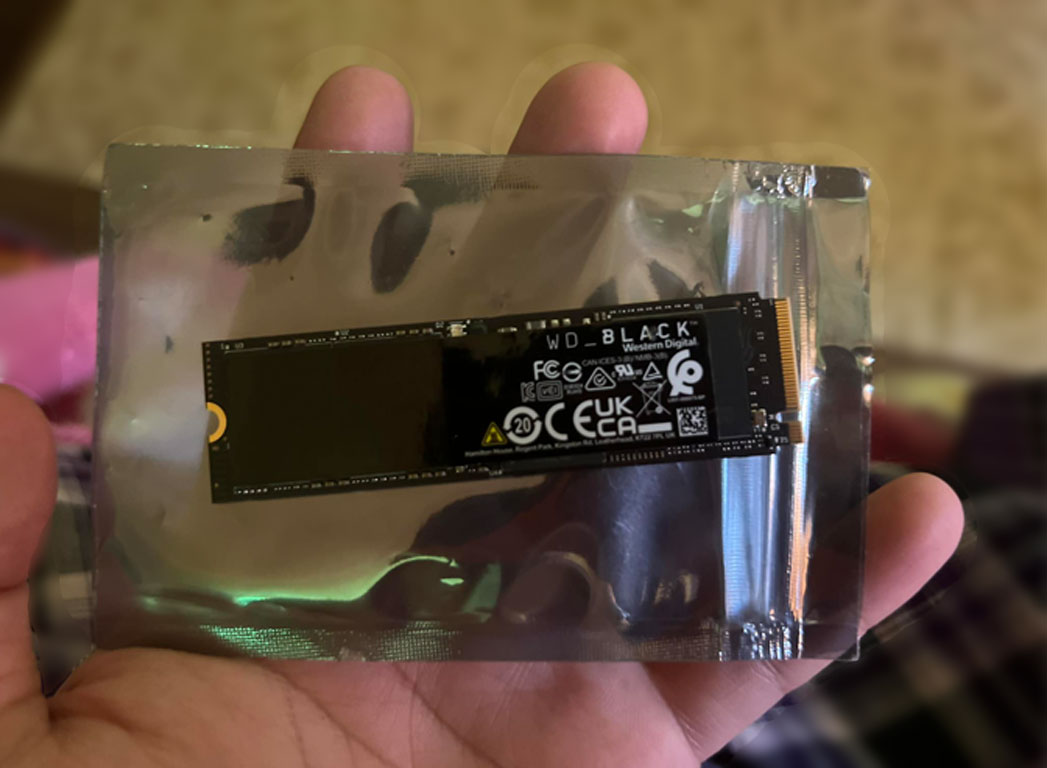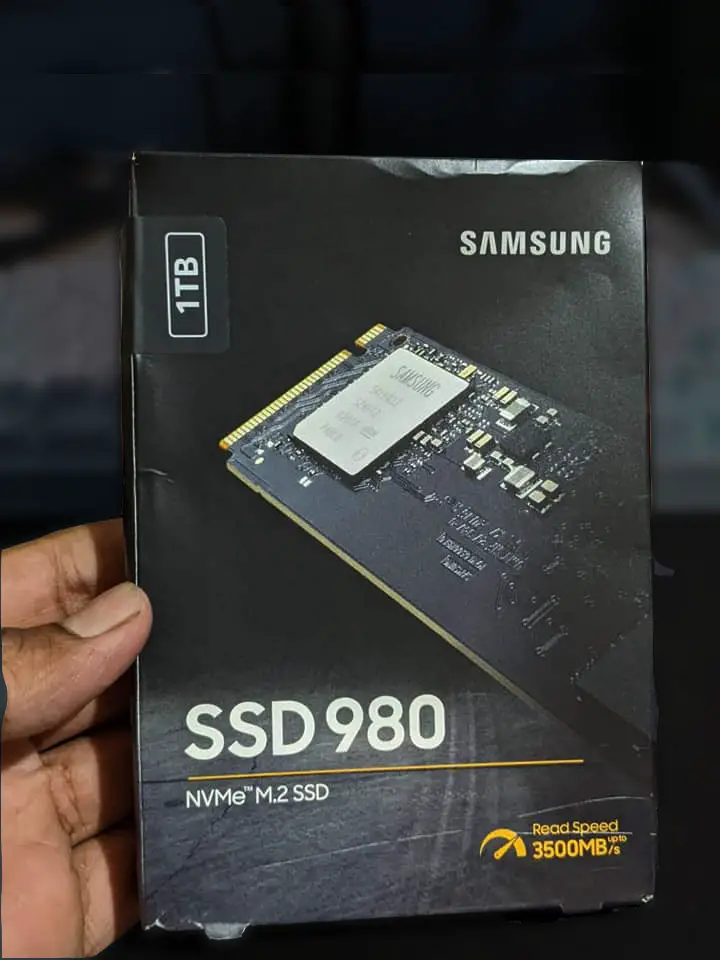What Happens When SSD Reaches Its TBW Limit?

Solid State Drives (SSDs) have revolutionized data storage with their speed and reliability. But, like all technology, they too have a lifespan. Enter TBW – Total Bytes Written, a crucial metric that reveals how much data you can write to your SSD before it starts to lose its reliability. In simpler terms, TBW is your SSD’s endurance rating. It tells you the amount of data you can safely store on your SSD over its lifetime without worrying about data loss or drive failure.
Why TBW Matters?

TBW is the heart of understanding your SSD’s longevity, especially when dealing with heavy data loads. When an SSD reaches its TBW limit, it’s a sign that the memory cells are wearing out. But don’t panic just yet; reaching TBW doesn’t always mean immediate failure. The impact varies based on several factors, including the SSD’s firmware, wear-leveling efficiency, and the quality of its NAND flash cells.
Modern SSDs often exceed TBW ratings thanks to advanced features like over-provisioning and error correction codes (ECC), which help manage wear and maintain data integrity. However, crossing the TBW threshold increases the risk of errors and potential drive failure over time, making monitoring your SSD’s health crucial.
Also check Why Does TBW Matter in SSDs?
Error Correction Codes (ECC)
Error Correction Codes (ECC) are algorithms used in memory systems, including SSDs, to detect and correct errors in data. When data is stored or transmitted, it can get corrupted due to various reasons like electrical interference, hardware faults, or signal degradation. ECC helps in identifying these errors and correcting them on-the-fly, ensuring data integrity and reliability. This is especially critical in environments where even a small data error could lead to significant issues, such as in server operations, critical computing systems, and data storage solutions. ECC contributes to the overall durability and reliability of SSDs by mitigating the impact of data corruption.
Factors Influencing TBW
- NAND Type: Different types of NAND flash memory (e.g., SLC, MLC, TLC, QLC) have different endurance levels. SLC (Single-Level Cell) offers the highest endurance but at a higher cost, while QLC (Quad-Level Cell) provides lower endurance but more storage capacity at a lower price point.
- Write Amplification Factor (WAF): This is a critical factor in SSD endurance. It describes how many times additional data is written to the flash memory beyond the actual amount of data the user intends to write. A lower WAF means less wear on the SSD and higher endurance.
- Over-Provisioning: This is the practice of including extra capacity in an SSD that is not accessible to the user. It’s used for managing wear leveling and improving the SSD’s lifespan. More over-provisioning can lead to higher TBW ratings.
- Garbage Collection & Wear Leveling Algorithms: These technologies are essential for managing the way data is written and erased on an SSD. Efficient algorithms can prolong the life of the SSD by distributing wear evenly across the memory cells.
Garbage Collection (GC)
Garbage Collection (GC) in the context of Solid State Drives (SSDs) is a background process that helps manage the way data is stored and erased. Unlike Hard Disk Drives (HDDs), SSDs cannot overwrite existing data directly. Instead, when data is updated or deleted, the changes are written to new blocks, and the old blocks are marked as invalid. Over time, this leads to a mix of valid and invalid (or “garbage”) data blocks.
The garbage collection process works by identifying these invalid blocks and erasing them, making space available for new data. This is crucial because it helps maintain the performance and longevity of the SSD. Without garbage collection, the drive would quickly run out of free blocks to write new data, significantly slowing down its operation as it would need to erase data before writing new data each time, a much slower process.
Garbage collection is closely related to the drive’s wear leveling and over-provisioning strategies. Wear leveling ensures that all memory cells are used evenly, preventing premature wearout of certain cells. Over-provisioning provides extra storage capacity that is not directly accessible to the user but is used by the SSD’s controller to efficiently manage garbage collection and wear leveling, further enhancing the drive’s lifespan and performance.
The effectiveness of garbage collection can vary based on the SSD’s controller, the algorithms used, and the workload on the drive. It typically occurs when the drive is idle, although it can also happen when the drive is active, depending on the SSD’s firmware strategies. Proper garbage collection is essential for maintaining SSD performance over time, especially in environments with heavy write loads.
Life After TBW: What to Expect
- Wear Leveling and Exhaustion: SSDs employ wear leveling to extend their lifespan by evenly distributing data writes. Reaching the TBW limit means the drive has seen significant use and might be nearing its end.
- Read-Only Mode: Some SSDs switch to read-only mode to safeguard your existing data once they hit their TBW limit, allowing you to access but not write new data.
- Increased Error Rates: The closer your SSD gets to its TBW rating, the higher the chance of data errors, although built-in ECC technologies strive to mitigate this risk.
- Drive Failure: Eventually, an SSD that surpasses its TBW could fail, potentially making data recovery a challenge.
- Warranty Considerations: SSD warranties often tie into the TBW rating. Exceeding TBW within the warranty period might qualify you for a replacement, but not if it happens afterward.
How Much TBW Do SSDs Have?
TBW ratings vary widely across SSDs, influenced by factors like storage capacity, NAND technology, and intended use. Larger SSDs typically boast higher TBW ratings due to more NAND cells to spread out the wear. For example, a 250GB SSD may offer a TBW of 150 to 200 terabytes, while a 1TB model might range from 600 to 800 terabytes. The type of NAND—SLC, MLC, TLC, QLC—affects both the cost and endurance, with SLC being the most durable and QLC offering the least endurance at a lower price point.
If you want to check WD SSD’s TBW refer TBW Chart of All WD SSDs : Updated List
Calculating TBW: A Closer Look
TBW is calculated based on the endurance characteristics of the NAND flash, considering factors like P/E cycles and capacity. For instance, an SSD with NAND that can endure 3,000 P/E cycles and has a 1TB capacity could theoretically handle around 3,000TB of data written over its lifespan. This calculation, however, is simplified and real-world endurance also depends on wear leveling efficiency and other factors.
Beyond TBW: Assessing SSD Reliability
While TBW is a key indicator of SSD reliability, it’s not the only factor. The quality of the SSD’s controller, firmware, operating conditions, and the type of data workload also play significant roles in an SSD’s overall durability and reliability. In real-world usage, SSDs often outlive their TBW ratings, thanks to error correction and wear leveling technologies.

